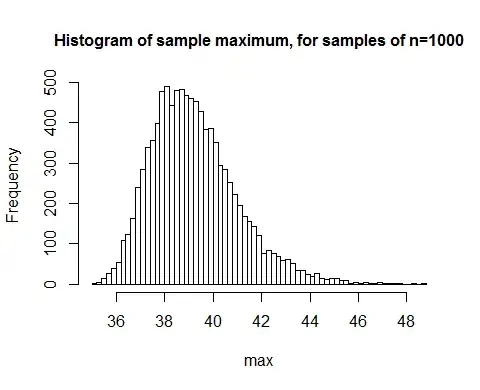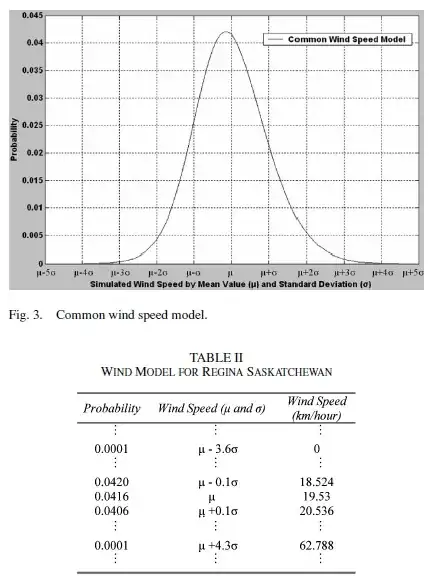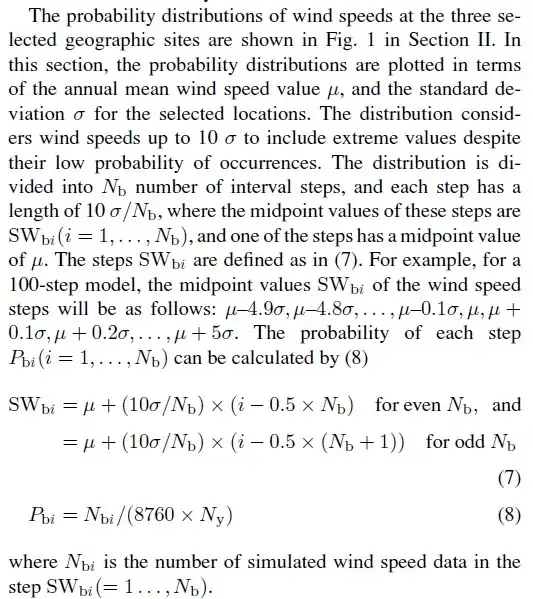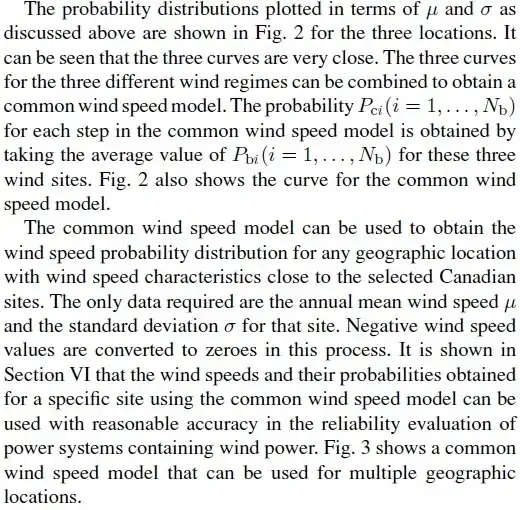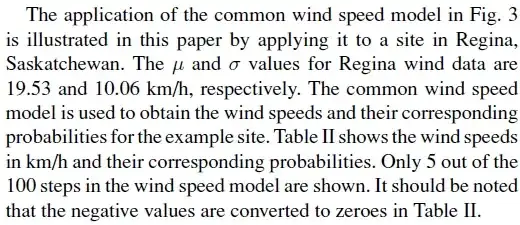See also: Weibull distribution parameters $k$ and $c$ for wind speed data - a very similar question, as it turns out. I'm pasting the relevant process below (assuming a 2-parameter Weibull).
You can use the 'method-of-moments' to estimate the parameters.
If $\lambda$ is the scale parameter and $k$ is the shape parameter, then:
$$
\mathrm{E}(X) = \lambda \Gamma\left(1+\frac{1}{k}\right)\
$$
$$
\textrm{var}(X) = \lambda^2\left[\Gamma\left(1+\frac{2}{k}\right) - \left(\Gamma\left(1+\frac{1}{k}\right)\right)^2\right]\,
$$
This system can estimate values for $k$ and $\lambda$.
$$
k = (\frac{\sigma}{\bar x})^{-1.086}
\\
\lambda = \frac{\bar x}{\Gamma(1 + 1/k)}
$$
With $\bar x$ as the observed mean and $\sigma$ as the observed standard deviation.
This is of course implementable in Excel:
Call B1 the observed mean, and B2 the observed variance. Call B4 to be the estimated $\lambda$ and B5 to be the estimated $k$, I entered dummy values of 1 to begin with.
Then, define B7 as E(X) and B8 as Var(X). Use the formulas above, I've reproduced mine below:
=(B4*EXP(GAMMALN(1+(1/B5))))
=B4^2*(EXP(GAMMALN(1+(2/B5)))-EXP((GAMMALN(1+(1/B5))^2)))
Define B10 as the squared sum of errors in your estimation: =SQRT((B7-B1)^2+(B8-B2)^2).
Then, with Solver, minimize B10 while changing B4 and B5. This should yield a very good estimate of the true parameters. My spreadsheet gives $\lambda=0.708$ and $k=0.244$.
